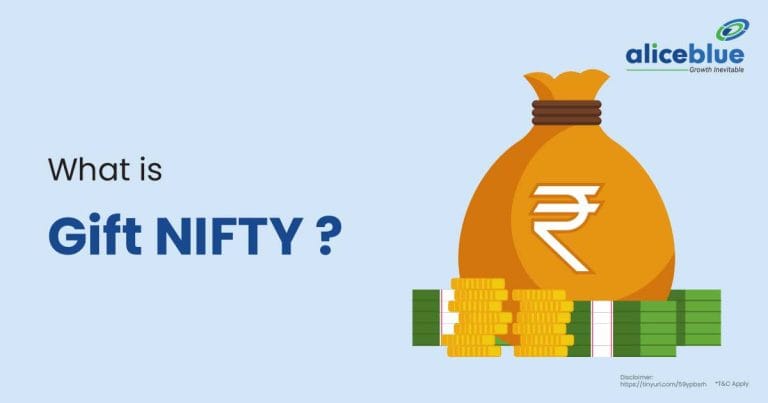A Gravestone Doji is a type of candlestick pattern in technical analysis, signaling a potential bearish reversal. It appears in an uptrend with a long upper shadow and almost no lower shadow, indicating that buyers lost control of sellers by the end of the session.
Content:
- Gravestone Doji Meaning
- Gravestone Doji Example
- How is the Gravestone Doji Candlestick Pattern Formed?
- Gravestone Doji Vs. Dragonfly Doji
- What Is Gravestone Doji? – Quick Summary
- Gravestone Doji Meaning – FAQs
Gravestone Doji Meaning
A Gravestone Doji is a bearish candlestick pattern found in financial markets, indicating a potential trend reversal. It’s characterized by a small or non-existent body at the lower end and a long upper shadow, symbolizing a struggle between buyers and sellers where sellers gain the upper hand.
This pattern emerges in an uptrend, suggesting that during the trading period, buyers pushed prices higher, but couldn’t sustain these levels. By the session’s close, prices fall back near the opening level. The Gravestone Doji signifies that buying pressure was overcome by selling pressure, hinting at bearish sentiment.
Its appearance is a warning to investors that bullish momentum may be waning. Traders often view it as a sign to exit long positions or consider short positions. However, it’s crucial to look for confirmation in subsequent trading sessions, as one pattern alone doesn’t guarantee a market turn.
For example: If a stock opens at ₹500, rises to ₹550 during the day, but closes back near ₹500, forming a Gravestone Doji, it suggests sellers countered the buyers, potentially indicating a downward trend.

Gravestone Doji Example
In a Gravestone Doji example, consider a stock opening at ₹100. During the trading session, it surges to ₹120, driven by buyer optimism. However, by the close, it retreats near ₹100, forming a Gravestone Doji with a long upper shadow and minimal lower shadow.
This pattern reflects a significant shift from bullish to bearish sentiment within a single session. Initially, buyers dominate, pushing the price up, but eventually, sellers gain control, driving the price down. The long upper shadow represents the rejected higher prices, signaling uncertainty and potential bearishness in the market.
Investors interpret this as a warning that the current uptrend might be losing steam. It suggests that the buyers, who were once in control, are now struggling to maintain upward momentum. For traders, this could mean reassessing positions, potentially taking protective measures like setting stop-loss orders or preparing for a possible trend reversal.
How is the Gravestone Doji Candlestick Pattern Formed?
The Gravestone Doji candlestick pattern is formed when a security’s opening and closing prices are nearly the same and occur at the low end of the trading range. It has a long upper shadow and almost no lower shadow, resembling a gravestone.
In a typical trading session forming this pattern, the price of the security opens at a certain level and then experiences significant buying, pushing the price higher. However, this bullish sentiment is not sustained; by the end of the session, the price falls back to near its opening level.
The pattern is significant in market analysis because it indicates that after a period of buying dominance, sellers have gained control, pushing the price back down. This shift in market dynamics can be a warning sign to investors of a potential upcoming bearish trend, especially if observed after a period of upward price movement.
Gravestone Doji Vs. Dragonfly Doji
The main difference between a Gravestone Doji and a Dragonfly Doji is that a Gravestone Doji, with a long upper shadow, suggests bearish reversal potential, while a Dragonfly Doji, with a long lower shadow, indicates bullish reversal potential.
| Feature | Gravestone Doji | Dragonfly Doji |
| Appearance | Long upper shadow, no/little lower shadow | Long lower shadow, no/little upper shadow |
| Position of Open/Close | At the low end of the trading range | At the high end of the trading range |
| Market Implication | Suggests a bearish reversal | Indicates a bullish reversal |
| Psychology | Buyers lose control to sellers by the close | Sellers lose control to buyers by the close |
| Typical Occurrence | After an uptrend | After a downtrend |
| Interpretation | Bullish momentum failing, bearish sentiment rising | Bearish momentum failing, bullish sentiment rising |

What Is Gravestone Doji? – Quick Summary
- A Gravestone Doji is a bearish pattern in financial markets, signaling potential trend reversal with a small body at the lower end and a long upper shadow, showing sellers overpowering buyers.
- The Gravestone Doji candlestick pattern, with its long upper shadow and negligible lower shadow, forms when a security’s open and close prices are almost identical at the trading range’s low end, symbolizing a bearish shift.
- The main difference between a Gravestone Doji and a Dragonfly Doji is that a Gravestone Doji, with its long upper shadow, suggests bearish reversal potential, whereas a Dragonfly Doji, featuring a long lower shadow, indicates bullish reversal potential.
Gravestone Doji Meaning – FAQs
A Gravestone Doji is a bearish candlestick pattern characterized by a small body at the lower end of the trading range and a long upper shadow, indicating a potential reversal in an uptrend.
The main characteristics of a Gravestone Doji include an opening and closing price near the low of the session, a long upper shadow, and little to no lower shadow, symbolizing a struggle between buyers and sellers.
A Dragonfly Doji indicates a potential bullish reversal, especially when appearing in a downtrend. It features a long lower shadow and closes near the high, suggesting strong buying interest after initial selling pressure.
The main difference is that a Dragonfly Doji, with a long lower shadow, indicates bullish reversal potential, while a Gravestone Doji, characterized by a long upper shadow, suggests bearish reversal potential.
Doji patterns are generally considered neutral, reflecting indecision in the market. However, their bullish or bearish implications depend on preceding trends and subsequent candle formations and can vary with the specific type of Doji.
We hope that you are clear about the topic. But there is more to learn and explore when it comes to the stock market, commodity and hence we bring you the important topics and areas that you should know:









